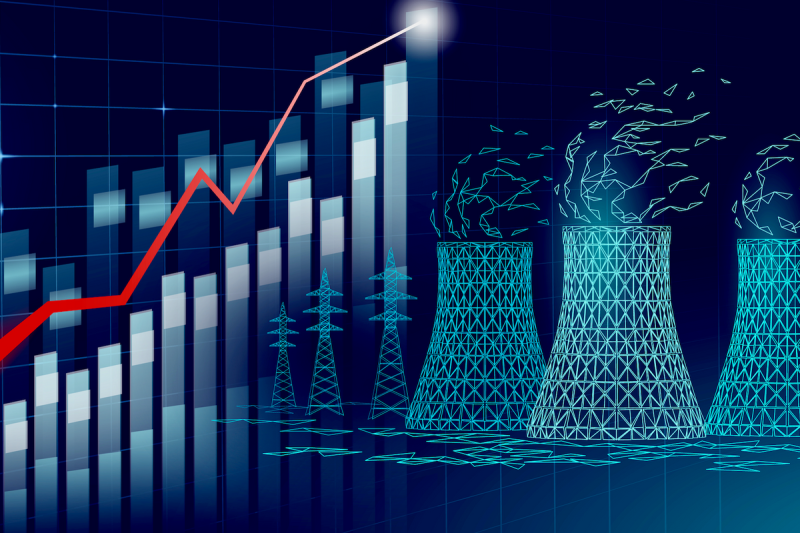The United States is laying the groundwork for a significant expansion of its nuclear power capacity by 2050. This plan, announced recently, aims to triple the current nuclear output, positioning it as a major player in the global nuclear energy market. This development comes at a critical time when the world is seeking cleaner and more sustainable energy sources to combat climate change.
While nuclear power has been a subject of debate due to safety and waste disposal concerns, advancements in technology have made modern nuclear reactors safer and more efficient. The US government’s decision to triple its nuclear power capacity reflects a growing recognition of nuclear energy’s potential to meet the country’s energy needs while reducing greenhouse gas emissions.
One of the key drivers behind this ambitious plan is the urgent need to transition towards low-carbon energy sources. Nuclear power is a clean energy option that can generate electricity without emitting greenhouse gases, making it a crucial component in achieving a sustainable energy future. By significantly increasing its nuclear power capacity, the US can reduce its reliance on fossil fuels and make substantial progress towards its climate goals.
Moreover, expanding nuclear power capacity will not only help in reducing carbon emissions but also create new job opportunities and boost economic growth. Building and operating new nuclear power plants will require a skilled workforce, providing employment opportunities in the energy sector. Additionally, the construction and operation of nuclear facilities will stimulate economic activity in the regions where they are built, benefiting local communities and businesses.
To achieve the goal of tripling nuclear power capacity by 2050, the US government will need to address several challenges. These include streamlining the licensing and permitting process for new nuclear projects, investing in research and development to drive innovation in nuclear technology, and ensuring the safe storage and disposal of nuclear waste. Collaborating with industry stakeholders, regulatory bodies, and the scientific community will be essential in overcoming these challenges and successfully expanding the country’s nuclear power capacity.
In conclusion, the US’s plan to triple its nuclear power capacity by 2050 represents a significant step towards a cleaner and more sustainable energy future. By harnessing the potential of nuclear energy, the country can reduce its carbon footprint, create new jobs, and strengthen its energy security. While challenges lie ahead, the benefits of expanding nuclear power capacity outweigh the risks, positioning the US as a leader in the global transition towards low-carbon energy sources.




























